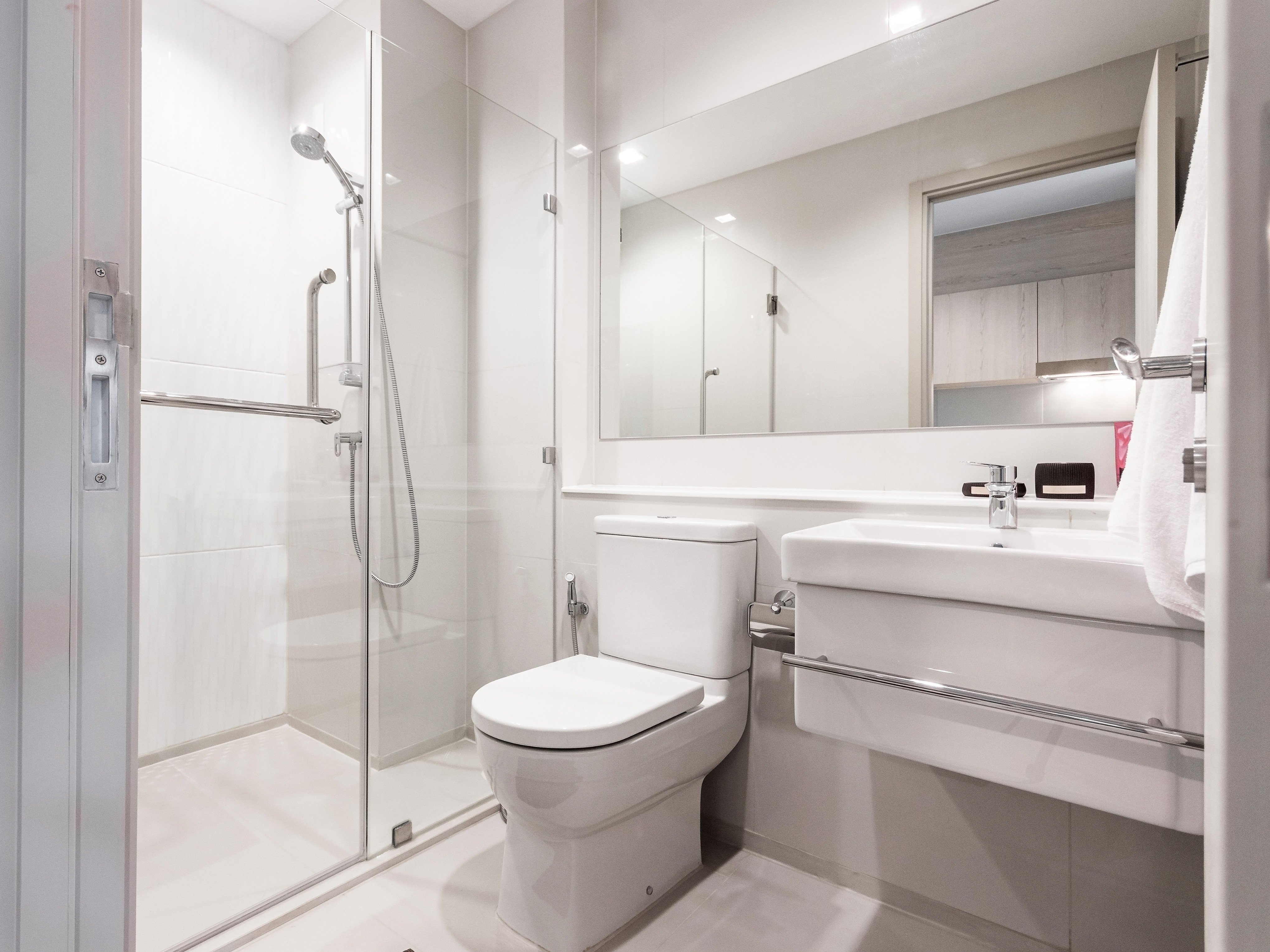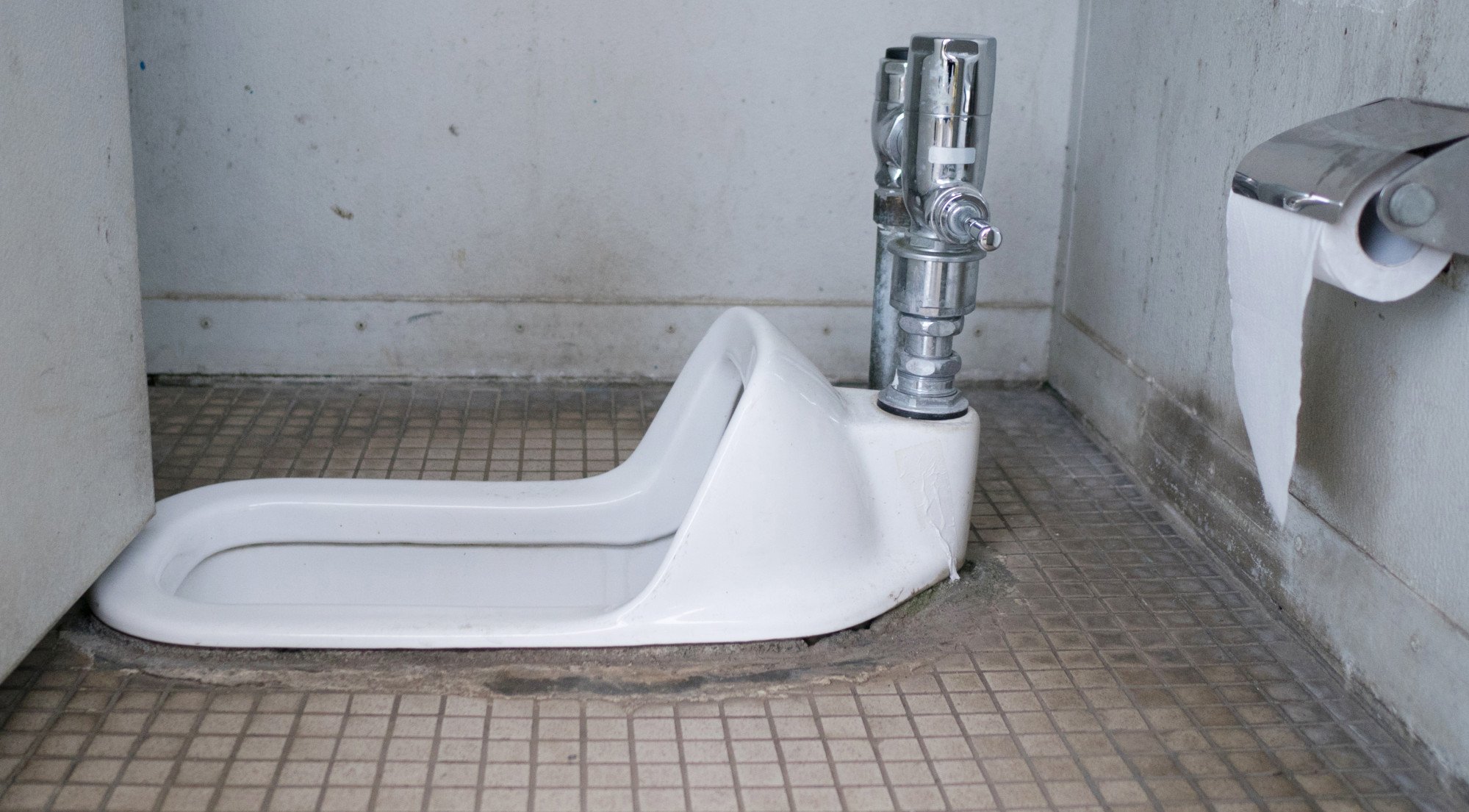From Seoul to Singapore, the squat toilet’s days are numbered
While Asian cities embrace modern Western-style toilets, tradition and practicality keep them prevalent in rural and older spaces

Across many parts of Asia, squat toilets are being phased out, particularly in urban areas and public facilities, as comfort and convenience increasingly emerge as overriding considerations.
But even so, many places in the region still stick to the traditional squat toilets, preferring them over the modern equivalents, resisting what some describe as globalisation and modernity.
On Wednesday, Seoul Mayor Oh Se-hoon pledged to replace some 1,200 squat toilets inside the subway station restrooms of South Korea’s capital with Western-style sitting toilets by 2028.
The announcement was made during Oh’s visit to the men’s public restroom inside Jamsil Station in Songpa district, southern Seoul, in response to frequent public complaints.
Noting that of the six stalls, two had squat toilets, he said, as quoted by the Korea JoongAng Daily: “People no longer prefer to use squat toilets. The younger generation have especially been saying that they’re uncomfortable to use. We’ll make sure to get rid of every one of them in Seoul.”
According to Seoul Metropolitan Government data, squat toilets currently make up about 33 per cent of the total 3,647 toilets in subway station restrooms.
The trend of converting traditional squat toilets can be found all across the region, and is driven by hygiene concerns – including the adoption of sanitation practices and concerns for increased accessibility, particularly for the elderly and disabled.

One expert cited by the Bangkok Post back in 2013 even argued that the use of squat toilets would increase the risk of degenerative joint disease, or osteoarthritis.
Taiwan’s environment ministry is said to be considering plans to phase out squat toilets in public facilities to improve hygiene and accessibility, TaiwanPlus reported earlier this month.
Currently, about 54 per cent of public toilets are seated, below the interior ministry’s recommended 60 per cent ratio.
In Japan, the trend towards replacing squat toilets with Western-style sitting ones was said to have accelerated in the run-up to the 2020 Tokyo Olympics. There was a rush to replace squat toilets at primary and junior high schools serving as evacuation sites in case of an earthquake or other natural disasters, local media reported.
This was said to be in response to the 2016 and 2018 quakes in Kumamoto prefecture and Hokkaido, respectively, where elderly people lined up to use Western-style toilets. “Their weak legs meant that they did not want to squat. Many waited longer to go to the toilet or consumed less liquids,” the Japanese media reported.
Unhandled type: inline-plus-widget {“type”:”inline-plus-widget”}
While there has not been an official initiative to completely phase out squat toilets in Singapore, the trend is to replace them with seated toilets, especially in public spaces like schools and shopping malls.
Elsewhere in the region such as Malaysia, Vietnam and China, new buildings, public spaces, and tourist areas are usually equipped with modern sitting toilets.
However, squat toilets remain a common sight, particularly in older buildings, rural areas, and public restrooms, as many find these toilets more hygienic, given that there is no direct contact with the toilet seat.
Others argued that squat toilets are simpler to maintain and are more affordable or easier to install, especially in rural areas with limited access to modern plumbing.
There are also many who believe that the squatting position can improve bowel movements and reduce straining, which can reduce the risks of haemorrhoids and constipation.
With more Asian countries keen to project an image of modernity and cleanliness, the transition from squat to sitting toilets is likely to be an irreversible trend, particularly in urban areas and among their younger populations.
But squat toilets will still remain widely available, given the patchy levels of development in many parts of Southeast Asia, especially away from urban centres and for those who prefer them for cultural and personal reasons.